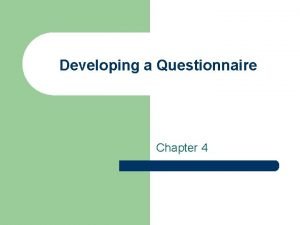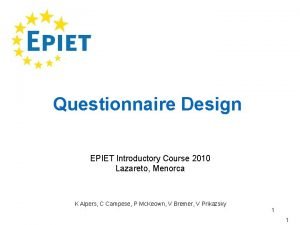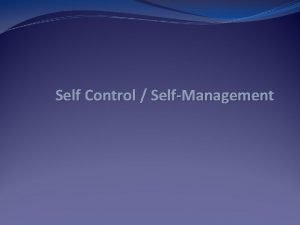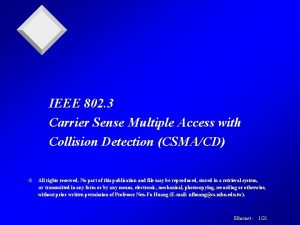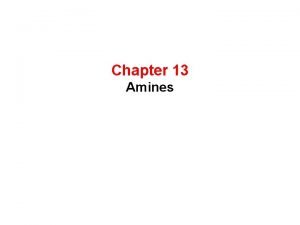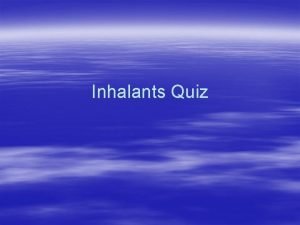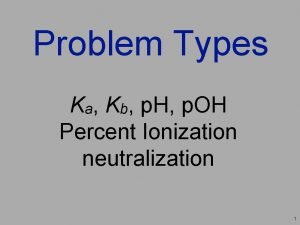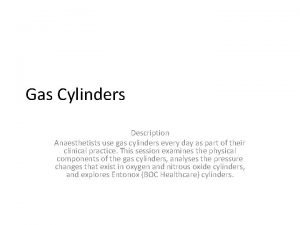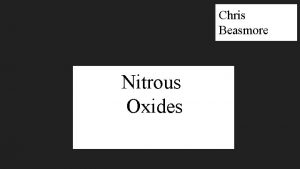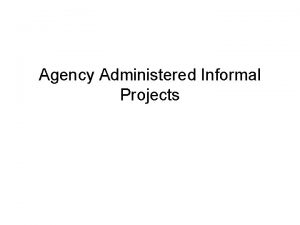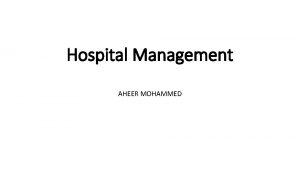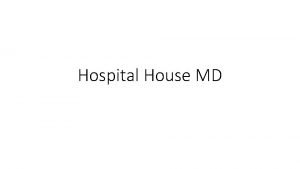The Ouchless Hospital Developing a Nurse Administered Nitrous










- Slides: 10

The Ouchless Hospital Developing a Nurse Administered Nitrous Oxide Program Using research, current guidelines and the voices of children Maurine Clark, RN, MN, CRNI maurineclark@msn. com www. ouchlesshealthcare. org April 21, 2012 Society of Pediatric Nurses 22 nd Annual Convention Houston, Texas

Properties of N 2 O/O 2 • Anxiolytic • Analgesic • Amnestic • • Minimal sedation Patient remains awake and able to respond Rapid onset, rapid recovery Not metabolized Delivered with oxygen (reversal agent) Fail safe equipment Phenomenal safety record

Determining nursing scope of practice Documents provided by the WA State Nursing Commission:

Clinical Trials Minnesota, USA Sydney, Australia Melbourne, Australia Zier et al. (2007). Case-series of nurse-administered nitrous oxide for urinary catheterization in children. Anesthesia & Analgesia, 109(4), 876 -879. Frampton et al. (2003). Nurse administered relative analgesia using high concentration nitrous oxide to facilitate minor procedures in an emergency department. Emergency Medicine Journal, 20(5), 410 -413. Babl et al, (2007). High-concentration nitrous oxide for procedural sedation in children: Adverse events and depth of sedation. Pediatrics, 121(3), e 528 -32. Babl et al. (2008). Limited analgesic efficacy of nitrous oxide for painful procedures in children. Emerg Med J, 25, 717 -721.

Paris, France Faroux et al. (2004). The efficacy of premixed nitrous oxide and oxygen for fiberoptic bronchoscopy in pediatric patients: A randomized, double-blind, controlled study. Chest, 125(1), 315 -321. Paut et al. (2001). EMLA versus nitrous oxide for venous cannulation Marseilles, France in children. Anesth Analg, 93, 590 -593. Singapore Hee, Goy & Ng. (2003). Effective reduction of anxiety and pain during venous cannulation in children: a comparison of analgesic efficacy conferred by nitrous oxide, EMLA and combination. Paediatric Anasthesia, 13, 210 -216. Tunsia, North Africa Abdelkefi et al. , (2004). Effectiveness of fixed 50% nitrous oxide oxygen mixture and EMLA cream for insertion of central venous catheters in children. Pediatr Blood Cancer, 43, 777 -779. Williams, et al. (2006). Inhaled nitrous oxide during painful Wolverhampton, UK procedures: a satisfaction survey. Paediatric Nursing, 18(8), 31 -33.

Indications No NPO requirements

Procedures • Consider nitrous oxide/oxygen for procedures which would likely cause mild to moderate pain and/or produce anxiety or distress, including but limited to: o o o o o Bladder catheterization (VCUG) Peripheral IV start (PIV) Blood draws Peripherally inserted central catheter (PICC) placement Nasogastric (NG) tube insertion Gastrostomy/GJ tube change Lead placement for EEG CT scans Incision and drainage (I & D) Lumbar puncture (LP) Joint injection Barium enema Suturing Wound debridement Dressing changes Fracture reduction, reduction dislocation Joint injection Foreign body removal Removal of plaster/suture

Contraindications including any condition where air may be trapped in the body: o Unresolved pneumothorax o Bowel obstruction o Air embolism o Severe bullous emphysema o Maxillofacial injuries with potential for trapped gas o Intraocular surgery (involving injected gas in last 10 weeks) o Penetrating injury to the globe of the eye o Craniotomy in past 3 weeks unless imaging shows no free air o Decompression sickness (consider exclusion if diving in last 24 hrs) Other Contraindications: o Increased intracranial pressure o Impaired level of consciousness o Pregnancy o Vitamin B 12 deficiency o Treatment with bleomycin sulfate o Intoxication with drugs or alcohol

Tiered level of training

Maurine Clark maurineclark@msn. com www. ouchlesshealthcare. org
 What is self administered survey
What is self administered survey Survey method of data collection
Survey method of data collection Self-administered questionnaire
Self-administered questionnaire Self control images
Self control images Self-administered questionnaire
Self-administered questionnaire Locally administered address
Locally administered address Primary amine and nitrous acid
Primary amine and nitrous acid The inhalant nitrous oxide can rob the body of
The inhalant nitrous oxide can rob the body of Ka expression for nitrous acid
Ka expression for nitrous acid Nitrous oxide
Nitrous oxide Poynting effect nitrous oxide
Poynting effect nitrous oxide
